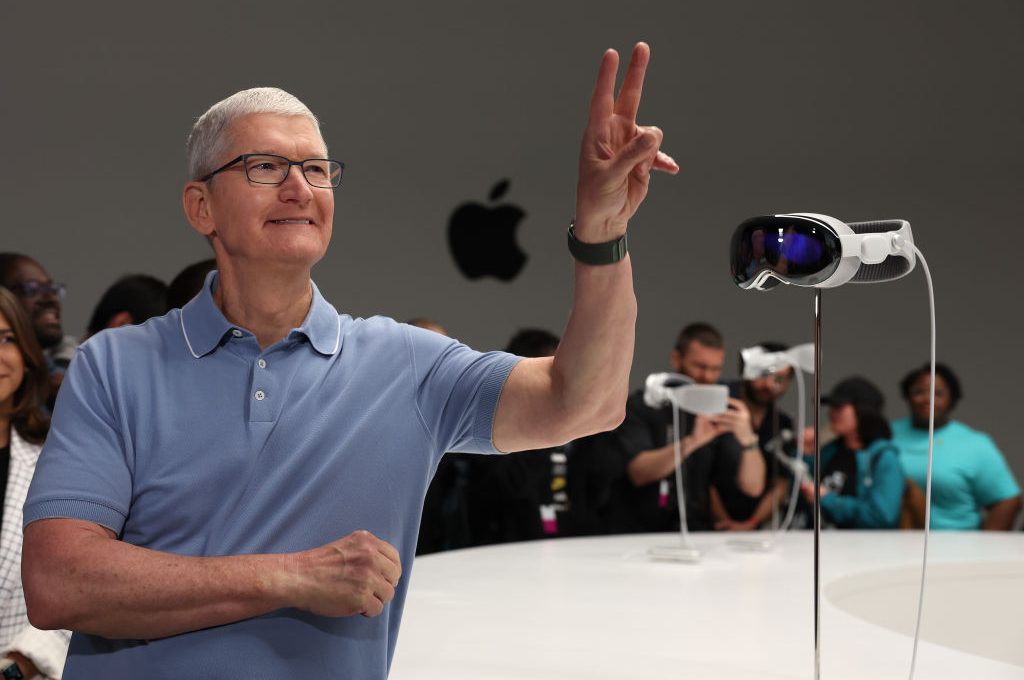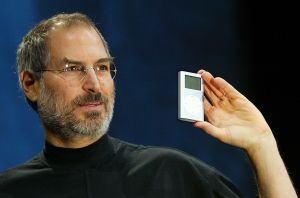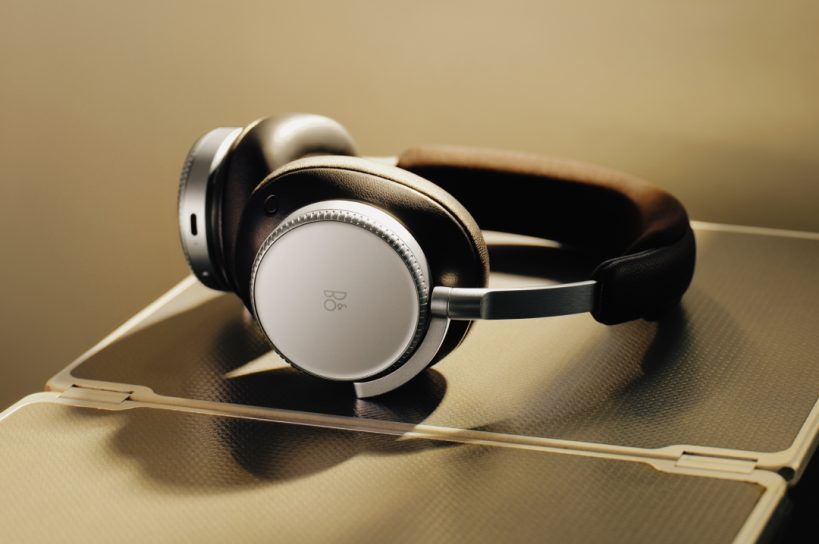Today, from Cupertino, California, Apple held their latest Worldwide Developer Conference Event, and (along with new laptops and software features) unveiled their latest product: the Vision Pro ultra-premium mixed reality headset.
It’s sleek, advanced and luxurious, powered by Apple’s class-leading M2 and R1 chips, running their new VisionOS operating system, and built with a blend of glass, aluminum and plush fabric. Put simply: it’s the world’s most technically advanced pair of ski goggles. With dual ultra-high-resolution screens, five sensors, and twelve cameras, it can pull you into virtual worlds of unprecedented fidelity or — with a turn of a dial — project digital objects, tools, screens and notifications onto the world around you. It’s the most advanced, stylish, consumer-mixed-reality headset ever made, and pretty damn cool, but priced accordingly. It starts at $3,499 and releases next year.
For many, virtual reality (VR) headsets just seem like a toy. A quick Covid gadget to try BeatSaber with, before being discarded at the bottom of a drawer. But for Apple, this is no joke. It’s the first big, new category of product since 2015’s Apple Watch, the first new computing platform for the company since Steve Jobs died, and the finale of five years of careful plotting, as Apple tried to cripple the VR industry leader, Meta.
In 2019, Apple put up big black billboards asserting its belief in the importance of privacy, and the tight-lipped Cook did a flurry of interviews, complaining about how his Big Tech peers — notably Facebook — made billions through their aggressive ad tech programs. How altruistic of him to warn us! In 2021, Apple dialed up the tension with its “Ad Tracking Transparency” feature, which limited third parties from accessing Apple user data. This torpedoed Meta’s ad-revenue, costing the company an estimated $10 billion in 2022 and tearing down their stock by 70 percent over the following year, while Apple simultaneously built one of the fastest growing ad-networks in the world, anchored on their (new) monopoly on Apple user data.
This wasn’t the end goal though. VR headsets are a risky business and require a ton of user information — Vision Pro is constantly watching your eyes, facial expressions, speech, movement, hand position, home environment and more. If you watch porn while using it, that matters a lot. To make this work, Cook needed to frame Apple as a privacy-first company (despite selling out the privacy of Chinese users on CCP request) and could sabotage his chief competitor in the process. And, of course, credulous journalists bought it. Credit where it’s due, Cook knows how to play the long game.
Then again; the conclusion of such a Machiavellian path may seem pretty daft. After all, have you visited the metaverse recently? Cook set fire to the online ad-industry and sparked a privacy panic to gain a leg up in a sector where no company has turned a profit, and (statistically) nobody uses the products. Meta has so far lost approximately $49 billion on its “Reality Labs” division, and the Wall Street Journal reported that fewer than half of their best-selling $400 Quest headsets were in use just six months after purchase. Though venture capitalists spent 2021 edging over “the metaverse,” they have long since dumped it for AI.
The Vision Pro isn’t even the product Cook wanted to release. As Mark Gurman reported in Bloomberg, his vision had been for “a pair of unobtrusive eyeglasses that could be worn all day,” projecting navigation, contextual information, and notifications onto the world around you; but even Apple’s best couldn’t make it work. That would have been (theoretically) an eventual iPhone replacement, but — however gorgeous and technically impressive it is — the Vision Pro is ultimately just a luxurious, polished, high-end take on the existing VR headset formula.
Worst of all, there’s no “killer app.” Sure, it has a more immersive version of FaceTime — adding three-dimensional sound and visuals to video calls — and controlling multiple virtual screens is cool, but that’s not enough to convince an average person to buy this, so they’re hoping developers will (eventually) pick up the slack and fill up their new mixed-reality app store. In the meantime, its customer base will be limited to wealthy tech nerds, wealthy VR designers, and wealthy Apple fanboys. Gurman reports they expect to sell fewer than a million units in its first year. For context, Apple sells 200 million iPhones; and the phones have far better margins than the headset.
That’s a tough sell. But, if anyone’s going to make VR a real thing, it’s Apple.
Apple is the world’s most valuable company and, oddly, a victim of that size. Namely, it can only invest in areas with a large enough opening, high enough margins and the enormous sale figures necessary to continue their (already stratospheric) stock price growth. An Apple mirrorless camera would be incredible; as would a TV, and yet, even those multi-million and multi-billion-dollar markets are just too small. With Vision Pro, Apple is declaring that there’s significantly more money in VR headsets than selling TVs; and they may well be correct.
Though we don’t talk about the metaverse much, there’s an established market for highly engaging, highly lucrative digital worlds, which people are happy to spend thousands of hours in; it just hasn’t been in virtual reality. As of May, Roblox has 66.4 million daily users — 214 million monthly users — and approximately half a billion players are registered on Fortnite. Both apps are free, but users spend billions annually on in-app purchases, for collectibles and digital skins. Counter-intuitively, though the hardware of virtual reality has been limited (which Apple’s screen quality and silicon efficiency helps with), the biggest problem has been the lack of compelling, consistent, easy-to-use software. Watching TV on a giant virtual screen sounds awesome; it’s just been clunky, and ugly in practice. The same is true for augmented reality, where any glitch makes you nauseated. It’s not incidental this product has been announced at Apple software-centric event, Worldwide Developers Conference, and it’s here that they really make their mark.
Rather than using clunky controllers, VisionOS is navigated with eye-tracking, voice commands and small hand gestures. though most VR user interfaces allow you to place digital screens in 3D space, they’ve never been as intuitive, obvious and stylish as this. There are even small, thoughtful details, like these digital windows casting shadows, or people appearing in small portals in your vision when they approach you. This isn’t to say it’s perfect. Apple’s EyeSight mode — which projects an image of your eyes onto the outside of the headset — looks hilariously bad, and however cool the 3D camera tech is, the notion you would attend a wedding or child’s birthday with a headset on is absurd. None of that is to mention the price.
But Apple’s expertise has been making products and services that all work together smoothly, without difficulty; and though this is lovely on a phone, laptop, or watch, it’s essential — and has been missing — on devices that fill your vision. If Vision Pro is as good as they advertise, it will be a game changer.
Are we all going to be working in the metaverse next year? No. Apple doesn’t even use the term. Though Apple has raised the standard enormously with the Vision Pro, we’re still long-out from the Ready Player One future. But it’s coming.
It’s also worth noting that, simply by entering the space, they bring more attention to it. Customers will hear about the concept through Apple but look for a cheaper entry to it. As much as Cook has attacked Meta, Mark Zuckerberg will be the chief winner here (at least for now). It’s not incidental that he surprise-revealed their latest Quest 3 last Friday; a far less ambitious headset that still offers many of the same experiences for the comparative pittance of $499. Even if Vision Pro vastly outsells expectations, meta will still dominate the affordable VR market; and playing in the same sandbox as Apple will make them seem slightly less uncool too.
The Vision Pro will not sell well. But just because this first generation won’t be a hit, doesn’t mean it won’t turn into one. After all, Tim Cook has tracked this path before. The Series 1 Apple Watch was an expensive, flashy piece of hardware that didn’t have a killer feature, and only tech-nerds and the status-obsessed bought them. But, through generational improvements and third-party software (from companies like Nike and Strava), they became ubiquitous, and for some people, essential. Apple Watches are everywhere; and they made the wearable market a real thing. Seven years after that messy launch, the Watch division made Apple $41 billion last year.
Maybe this will all fizzle out; but I bet you, if we check in on VisionOS in 2030, it will have made Apple far more than that.

























